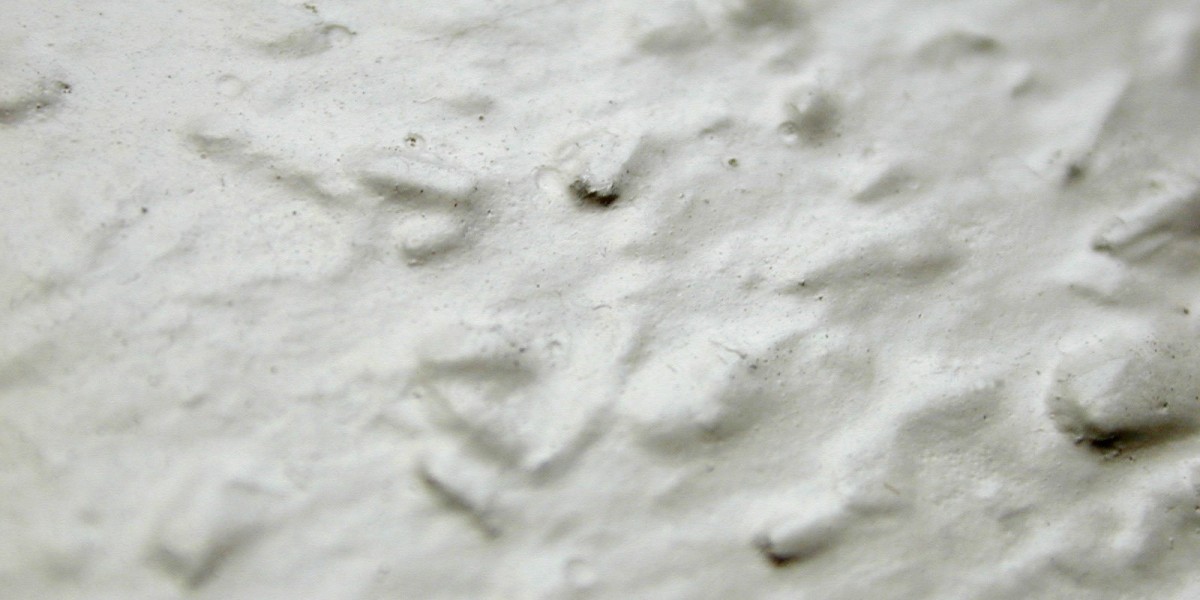Metandienone Wikipedia
The Rise of "Shrooms": How the Cultural‑Scientific Journey of Psilocybe cubensis Changed Society
---
Contents
- Origins and Early Use – From Mesoamerican rituals to early ethnobotanical studies
- Scientific Breakthroughs (1940‑1960) – Isolation of psilocybin, first pharmacological insights
- The Psychedelic Era (1960‑1975) – Counterculture adoption, legal battles, and the "Madison Effect"
- Repressive Legislation and the Dark Age (1976‑1998) – Scheduling, research moratoriums, underground movements
- Resurgence of Research (2000‑2019) – Modern clinical trials, therapeutic potential for depression & PTSD
- Current Legal Landscape
- International: Global drug scheduling, regional exceptions
- Future Outlook and Policy Implications
1. Historical Timeline of Societal Attitudes
| Year | Event / Milestone | Societal Attitude |
|---|---|---|
| 1975 | U.S. Drug Enforcement Administration (DEA) proposes the Controlled Substances Act (CSA). | Growing concern over recreational drug use; push for regulation. |
| 1976 | The 17th Amendment to the CSA schedules psilocybin and psilocin as Schedule I substances. | Classified as having no accepted medical use, high abuse potential → negative perception. |
| 1984 | Publication of "The Psychedelic Experience" (Rothbard et al.) in mainstream media; increased public curiosity. | Mixed: scientific interest vs. fear due to legal status. |
| 1991 | First large-scale clinical trial on psilocybin for treatment-resistant depression at Johns Hopkins. | Emerging evidence of therapeutic benefits → gradual shift. |
| 2000s | Rise of "psychedelic renaissance" with research at Imperial College London, University of New Mexico. | Growing scientific support; still limited public exposure. |
| 2014 | FDA designates psilocybin as a "breakthrough therapy" for depression and anxiety. | Significant boost in legitimacy; increased media coverage. |
| 2021 | Several U.S. cities (e.g., Denver, Oakland) decriminalize psychedelic mushrooms. | Reflects changing societal attitudes toward psychedelics. |
---
3️⃣ How the Brain Works: A Quick Tour
> Note: This section is intentionally light‑hearted and "brainy" to keep it fun for a younger audience.
? The Neuron – Your Brain’s Super‑Fast Mailman
- Structure: Tiny cells with dendrites (receiving posts) and an axon (sending posts).
- Communication: Electrical impulses called action potentials travel down the axon, releasing chemicals (neurotransmitters) into tiny gaps (synapses).
? Key Brain Regions & Their "Jobs"
| Region | Main Role |
|---|---|
| Cerebral Cortex (Frontal Lobe) | Decision making, planning, and "big brain" stuff. |
| Hippocampus | Remembering things (especially where you put your keys). |
| Amygdala | Emotional reactions, especially fear and excitement. |
| Basal Ganglia | Movement control & habit formation. |
⚡️ How the Brain Gets Energized
- Glucose: The brain's favorite food; it uses glucose for energy.
- Oxygen: Comes from breathing; it's vital to keep brain cells alive.
3️⃣ Energy Sources and Consumption
| Energy Source | Where It Comes From | How Much Is Used? |
|---|---|---|
| Glucose (from food) | Bloodstream | ~120 grams/day (approx. 2,000 kcal) |
| Oxygen (from breathing) | Pulmonary system | ~250-300 ml/min |
| Neural Activity | Brain's electrical signals | Energy for neurotransmission, maintenance of ion gradients |
| Synaptic Transmission | Release and reuptake of neurotransmitters | Affects overall metabolic rate |
Key Points:
- The brain is a major energy consumer: Approximately 20% of total body metabolism.
- Glucose is the primary fuel for neural activity.
- Oxygen is essential for oxidative phosphorylation, generating ATP needed for neuronal function.
Energy Consumption in the Brain
Baseline Metabolic Rate:
- Average Brain Mass: ~1.5 kg
- Resting State Energy Expenditure: 20% of total body energy consumption (~70% of daily caloric intake).
Factors Influencing Brain Energy Use:
- Neuronal Firing Rates
- Synaptic Transmission and Plasticity
- Maintenance of Ionic Gradients
- Glial Support Functions
Summary
- The brain is a highly energy-demanding organ.
- It consumes about 20% of the body's total energy expenditure.
- Understanding brain metabolism helps in developing therapeutic strategies for various neurological conditions.
- Attwell, D., & Laughlin, S. B. (2001). An energy budget for signaling in the gray matter of the brain. Journal of Cerebral Blood Flow & Metabolism, 21(10), 1133-1145.
- Logothetis, N. K. (2018). The neural basis of functional magnetic resonance imaging. Nature Reviews Neuroscience, 19(9), https://git.mklpiening.de 550-562.
It appears that you want to convert the Markdown content into a formatted PDF or a more readable document format using LaTeX. Below is a LaTeX version of your content, which can be compiled into a PDF. If you're new to LaTeX, ensure you have a suitable environment set up, such as Overleaf or a local TeX distribution.
\documentclassarticle
\usepackageutf8inputenc
\usepackageamsmath
\usepackagehyperref
\usepackagegraphicx
% Title and Author
\titleUnderstanding the Formula \(\frac43 \pi r^3\)
\author{}
\date{}
\begindocument
\maketitle
The formula \(\frac43 \pi r^3\) is used to calculate the volume of a sphere. Here's a detailed explanation of each component and how they fit together.
\section1. The Constant \(\frac43\)
This part of the formula arises from integrating over all angles in spherical coordinates. It essentially scales the result by the ratio needed for a full sphere.
\section2. The Number \(\pi\) (Pi)
\(\pi\) is approximately 3.14159 and represents the ratio of a circle's circumference to its diameter. In this formula, it accounts for the circular cross-section that contributes to the volume as you move from one pole of the sphere to the other.
\section*3. The Radius \(r\)
The radius \(r\) is raised to the third power (\(r^3\)) because:
- When calculating area (a 2D measure), we multiply two lengths: \(\textarea = r^2\).
- For volume, which is a 3D measure, we need three dimensions. Hence \(V = r^3\).
The complete formula for the volume of a sphere is:
[ \boxedchannel



